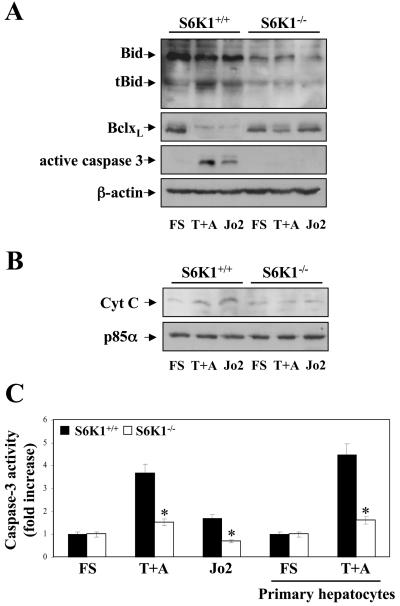Figure 4. S6K1 deficiency protects neonatal hepatocytes from Bid cleavage and prevents movement of cytochrome C from mitochondria to cytosol.
A. S6K1+/+ and S6K1−/− immortalized hepatocytes were stimulated with TNFα (30 ng/ml) plus actinomycin D (100 ng/ml) (T+A) or Jo2 (2 μg/ml) for 16 h in DMEM plus 5% FS. A. Total protein (50 μg) was used for western blot analysis with the corresponding antibodies against Bid, BclxL, active caspase-3 and anti-β̣-actin as a protein loading control. A representative experiment is shown. B. Mitochondria were separated from the cytosol and cytochrome C content in the cytosolic fraction was analyzed by western blot. Protein loading was visualized with the anti-p85α antibody. A representative experiment is shown. C. S6K1+/+ and S6K1−/− immortalized and primary hepatocytes were treated as described above and caspase-3 enzymatic activity was measured. Results are expressed as fold change of caspase-3 enzymatic activity compared to the S6K1+/+ condition, which was arbitrarily assigned a value of 1, and are expressed as means ± SE from three independent experiments. Statistical significance was determined by Student's t test comparing the S6K1−/− condition with the respective values for wild-type controls. *p<0.05 was considered significant.

